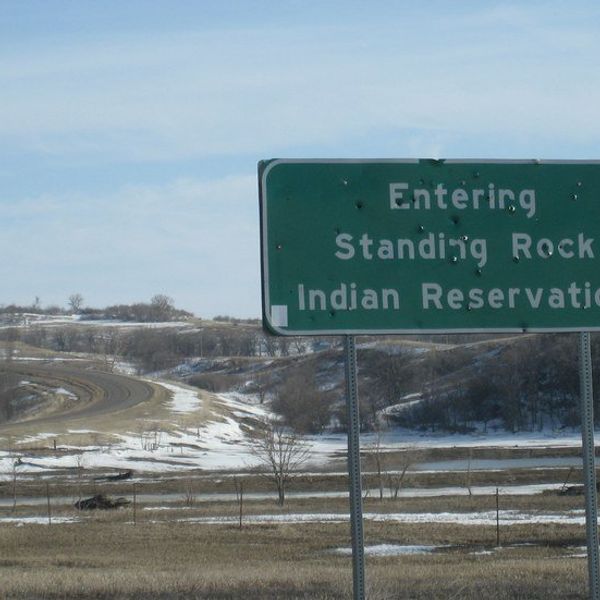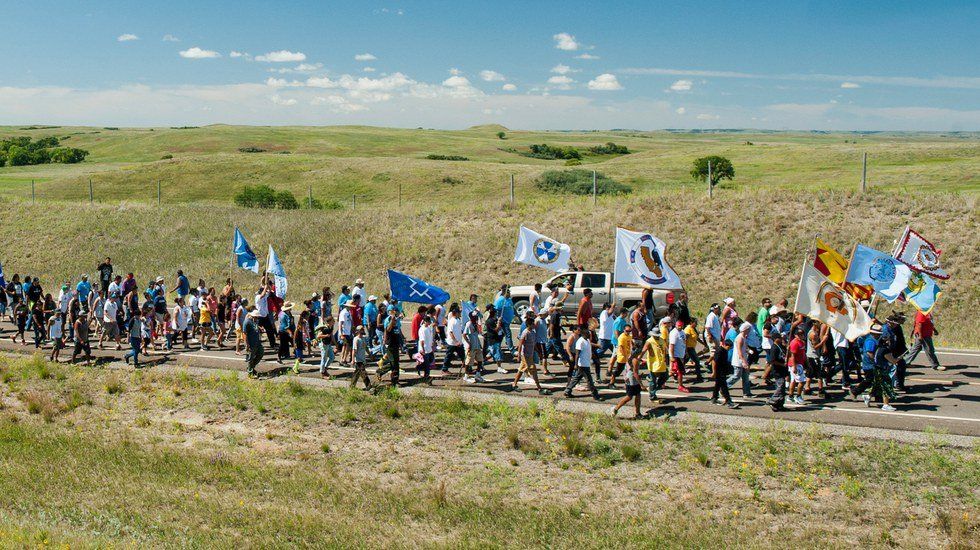As soon as President Trump got into office, he signed an executive order on January 24, 2017 declaring the Dakota Access Pipeline to resume construction. Many people were outraged by this, and took at it to continue their protests and try to stop the construction. On the other hand, others were happy this was put in place because they believe the pipeline has more benefits than drawbacks. As divided the nation is with Trump right now, the same can be said about this pipeline, but this shouldn’t be the case. There are many misconceptions about this pipeline that some protesters don’t realize, and if everyone did their research on this topic many people’s views would change (at least maybe).
To start, many of the protesters are there because they are upset that the pipeline crosses through the sacred land of the Standing Rock Sioux Tribe. This is false. The pipeline doesn’t encroach or cross any of their land. 99.98% of the pipeline is built on private land owned in North Dakota, South Dakota, Iowa, and Illinois, and the remaining 0.02% is owned by the government. Even the water is a big concern amongst protestors, since the water is sacred to them, however, this isn’t affected as well. The water inlet in which they get their water from will be 70 miles from any part of the pipeline, thus not being affected in any way.
Another major concern with this pipeline is the environmental aspect, which is a fair reason to be concerned about. Many people are afraid that the pipeline will fail and explode underground and ruin the environment and present great health risks towards us humans. What many people fail to realize is that this pipeline is built with the most technological advanced material and is way more advanced than previous pipelines. It is built with heavy steeled pipe that is 50% thicker than the law requires. It is also built to withstand any weather, and is built around earthquake and other fault lines to reduce the risk of the pipe breaking. This presents a lesser chance of failure compared to older pipelines, if it does even explode.
Without this pipeline, we will still have to continue transporting oil through the use of trains and trucks, which actually presents a larger and more dangerous risk compared to the pipeline. Using trucks and trains to transport oil is an unreliable source, and oil spills and crashes, along with catastrophes can happen. Take for example the incident that happened in Quebec in 2013 when a train carrying crude oil derailed and completely destroyed the town of Lac-Megnatic. This can happen at any time, and relying on automotive transportation has serious risks involved since they can at times be unpredictable.
The pipeline is still a heavily debated topic, and no matter what there are always going to be discrepancies between the two viewpoints. What we can conclude is that there are benefits to having the pipeline that outweigh the negative effects of it, and we would be better off with the pipeline than without it.





















